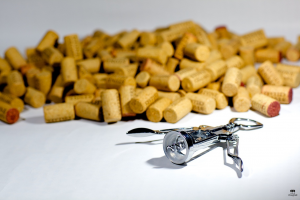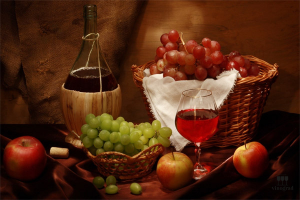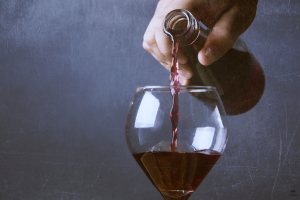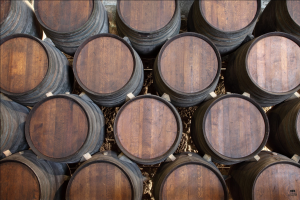WINE Cork HISTORY
 Wine cork has almost the same rich history as the drink, whose integrity it is designed to preserve …
Wine cork has almost the same rich history as the drink, whose integrity it is designed to preserve …
WINE Cork HISTORY
The enterprising ancient Greeks managed not only to learn how to produce good wine, but also to establish a successful trade in them. The difficulties caused by the inconvenience of transporting open amphorae prompted them to create traffic jams. The main requirement was protection against spilling the precious drink (it was not yet a question of tightness), and the wooden cork did an excellent job with this task. Of course, this “plug” was far from perfect: the use of soft wood as the basis caused the tube to quickly swell inside the vessel, and, as a result, damage to the neck of the amphora and wine oxidation. A little later, they improved the technology and began to lubricate the cork with clay and seal it with resin.
Based on the experience of the discoverers, the Phoenicians and the ancient Romans used the bark of a special oak as a material. They, like no one else, were close to the revolutionary discovery, but the lack of appropriate packaging (glass) put off the date of mass use until the 17th century. These corks perfectly preserved the integrity of the drink, ensured tightness and contributed to the “enrichment” of wine during storage. Beginning in 1630, when Kanelm Digmi made the first glass wine bottle, the demand for cork began to grow tirelessly.
FORM OF WINE CORK.
The first wine bottles differed in the size of the neck, so the cork had to be made in the shape of a cone: they were only partially clogged in the bottle, so that later wine could be uncorked. The invention of the corkscrew made it possible to create cork-cylinders, and completely “drown” them in the neck. From this moment the production cork boom began, this option supplanted all others.
Despite the automation of the current production, the manufacturing process itself remains quite lengthy and laborious. If before the cork bark was enough for everyone, then with an increase in the scale of winemaking, the consumption of cork increased, which could threaten the existence of cork oak, therefore it was decided to cultivate this tree. From the moment of planting to the first use of the bark, at least 15 years pass, and the next layer will increase only after 9-10 years. This is followed by a complex technology: starting from cutting the bark by hand, ending with drying, disinfection and soaking in hot water. The best are corks from a single piece of wood (for vintage wine), clogging corks, which are powdered with cork dust, are used in the production of wine in the middle price range. Low-quality corks are glued from wastes, which are used for inexpensive wine.




